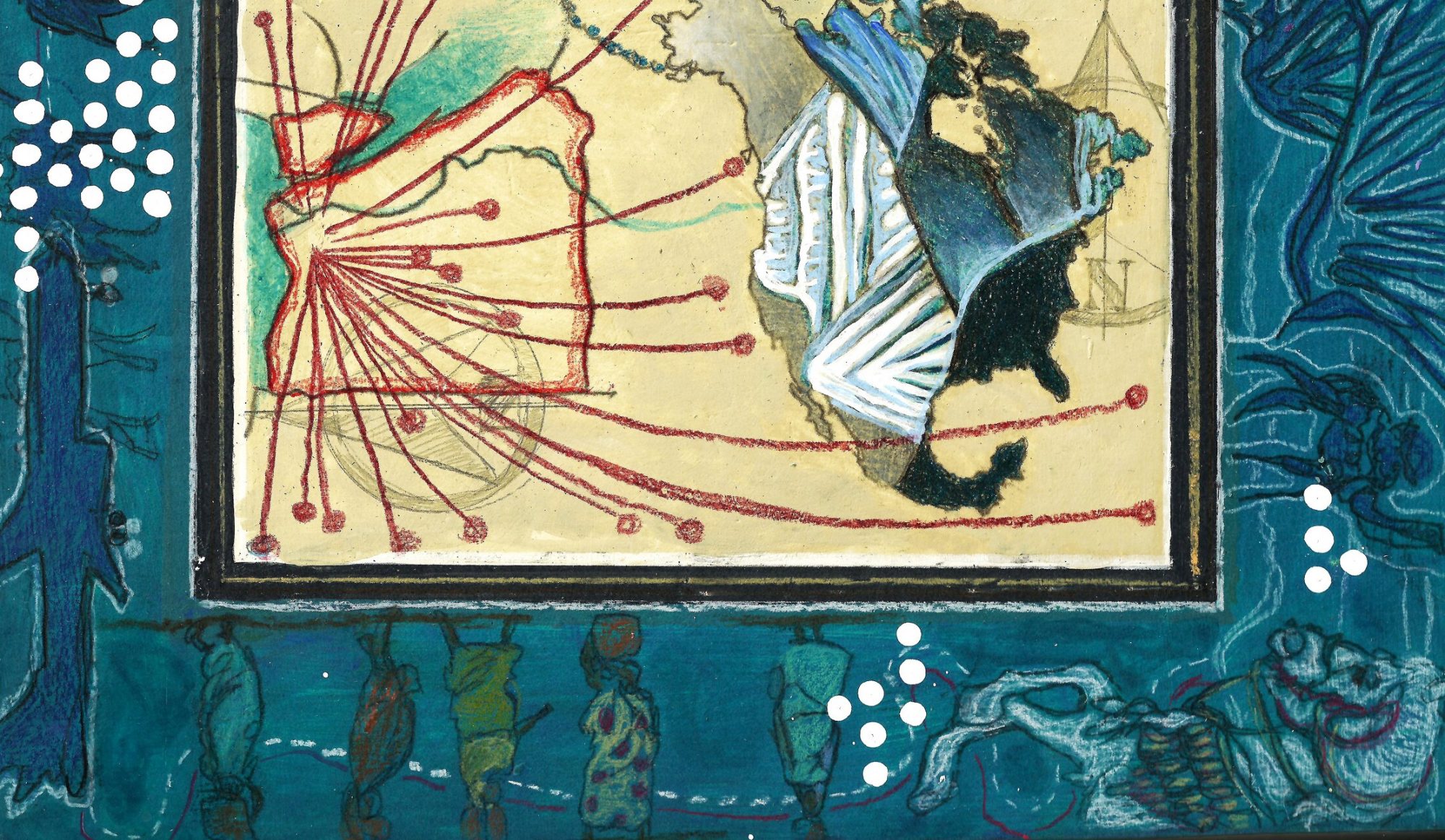I first saw this painting at the AGO, at a 2009 exhibit of works by Hunt and other Pre-Raphaelites. I didn’t need to read its title to know that it was a painting of an Egyptian woman; even from across the room I felt a kind of recognition in it. That feeling is so rare! It stuck with me for years, until I started
researching this project, and then I stumbled across this quote from a critical text written not long after the painting was first created (in the mid-1800’s). I had seen this painting, and thought I saw some part of myself in it– but the man who painted it and his contemporaries didn’t see that at all. They didn’t even see a person. They barely even saw an animal. I had looked into a mirror of sorts and had my reflection inverted into something monstrous, forcing me to see that in myself, too.
The integrity of the borders of your own self-definition are at stake when you try to write about your own body as theory. If this was an example of ‘good’ representation, then what does it look like when it’s ‘bad’?


